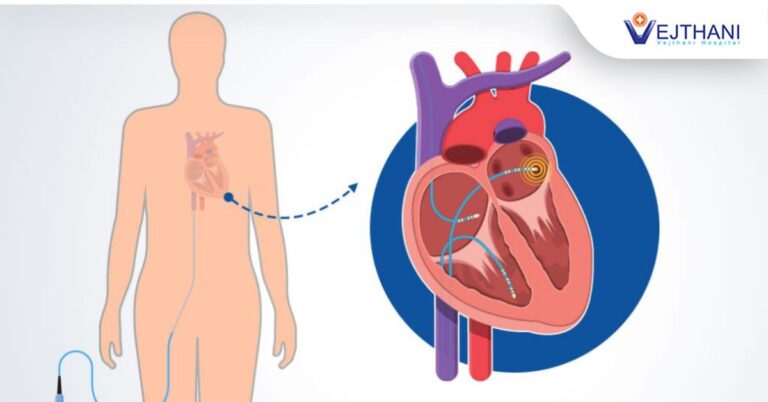The heart consists of 4 chambers separated by 4 valves that helps our blood to circulate in all parts of our body and prevent blood backflow. Unfortunately, there are cases where the valves fail to function. For example, when there is a narrowing due to the thickening of the tissue causing inability of the valve from opening completely (Valvular Stenosis) or when the valves are unable to close properly (Valvular Regurgitation). These conditions can cause the heart to function inadequately and lead to heart failure.
The conventional intervention in such cases usually used to be open heart surgery to correct the heart valves, which may leave 20-25 centimeters wound in the middle of the chest as the breastbone needs to be cut open to access the heart and connect them again after the surgery. This procedure causes a lot of pain, plenty of blood loss, and needs 8-12 weeks recovery period for the breastbone to heal.
In such cases, conventional open heart surgery intervention are usually used to correct the heart valves, which may leave 20-25 centimeters incision wound and scars in the middle of the chest as the breastbone needs to be incise to create an opening to access the heart and sutured the incision back again after the surgery. This procedure causes a more severe pain, plenty of blood loss, and requires 8-12 weeks recovery period for the breastbone to heal.
In the recent years minimally invasive heart valve surgery has become an increasingly popular option for treating patients with heart valve problems. This technique gives the patients a less pain, less blood loss, and faster recovery period compared to the traditional surgery.
- Readers Rating
- Rated 5 stars
5 / 5 ( Reviewers) - Spectacular
- Your Rating
























